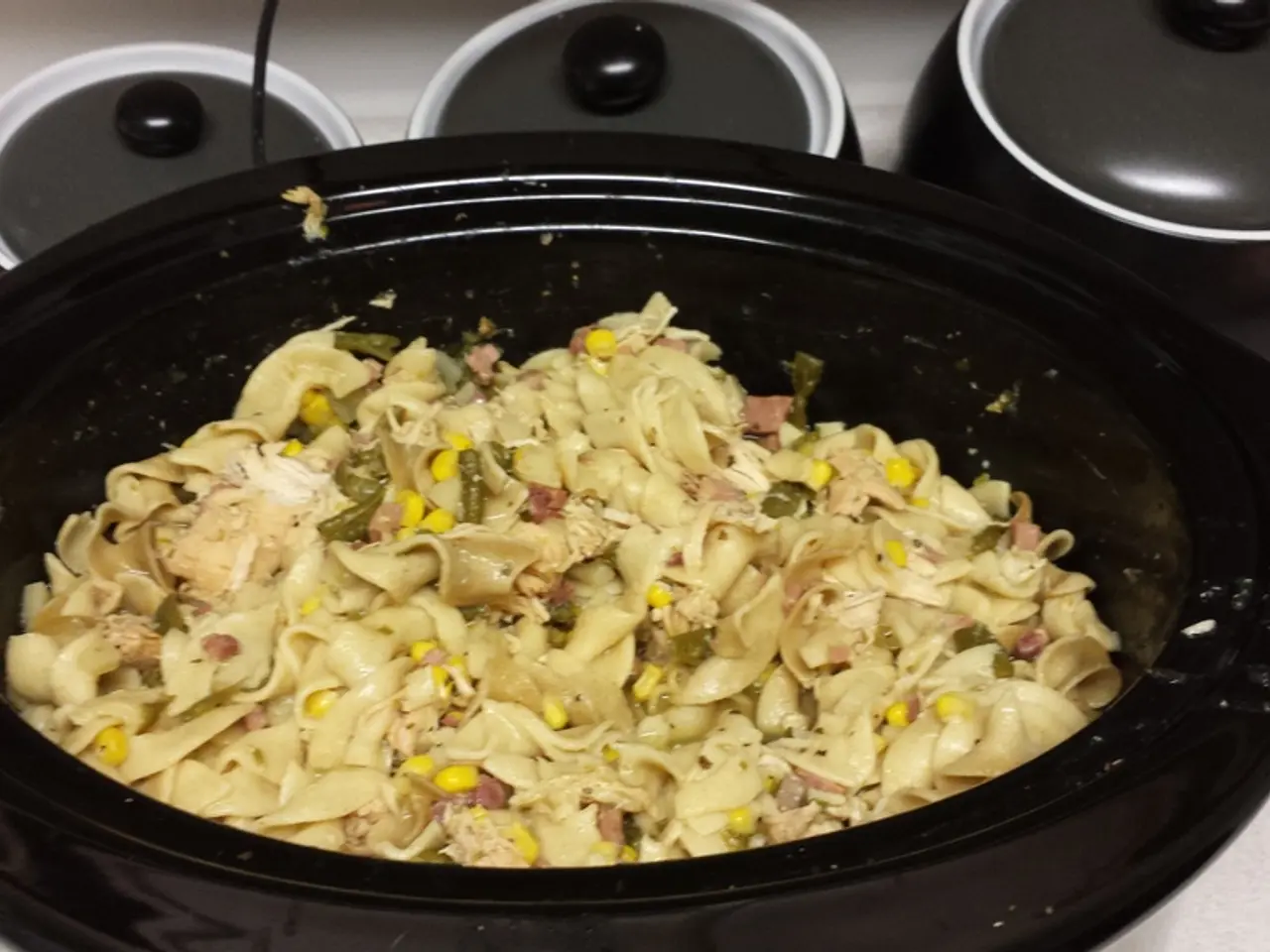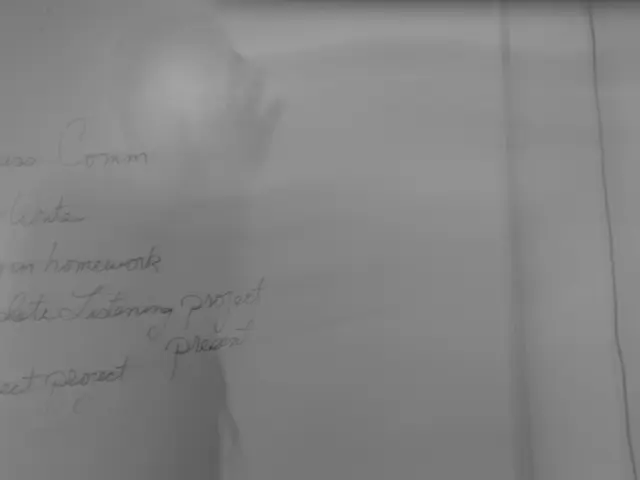Mastering Pressure Cooking Basics: A Guide to Using Your Multi-Cooker Efficiently
Pressure cookers have been a staple in many kitchens for decades, offering a quick and efficient way to prepare meals. Here's a guide to help you understand the basics of pressure cooking and some useful tips to get started.
Pressure cookers work by trapping steam inside, which increases the pressure and temperature, cooking food in about a third of the traditional time. To release pressure from a pressure cooker, you can either use the natural release method (letting it sit until it's safe to open the lid) or the quick-release method (tapping a valve to release the steam).
When it comes to cooking times, it's important to note that the given time does not take into account the time it takes for the cooker to come to pressure. Therefore, when preparing dinner, make sure to allot that time.
Pressure cookers are versatile appliances that can be used to cook a variety of dishes. For example, low pressure is used for cooking eggs, delicate fish, or lightly steaming vegetables. On the other hand, the majority of pressure cooker recipes are timed based on high pressure.
If you're looking to convert a stovetop recipe for a pressure cooker, divide the cooking time by 3. For slow cooker recipes, multiply the cooking time in hours by 60, then divide by 10.
One key aspect to remember is that meats cooked in a pressure cooker do not brown, so it's best to brown the meat before cooking. Moreover, pressure cookers can make inexpensive, tough cuts of meat tender. However, it's recommended to avoid alcohol and wine in a pressure cooker due to flammable steam.
When it comes to filling your pressure cooker, never fill it more than 2/3 full, and fill no more than halfway for food that expands. It's also advisable to stay away from adding dairy or thickeners to the pressure cooker during the cooking process.
Modern pressure cookers are safer than older models due to built-in time and temperature monitors. Cooking from frozen is fine, but increase cooking time by 5 minutes for smaller cuts of meats and veggies, or 10 minutes for larger cuts of meat.
Lastly, flavors intensify when cooking in a pressure cooker, so cut back slightly on the quantity of dried herbs and spices when converting a recipe. For those interested, a pressure cooker cooking time chart is available to help with recipes.
One of the most well-known brands for pressure cookers in the USA is All-Clad, which is part of the Groupe SEB company, a major international manufacturer of cookware including pressure cookers, with global sales and multiple well-known brands under its umbrella.
With these tips in mind, you're now ready to explore the world of pressure cooking and enjoy the benefits it offers in your own kitchen. Happy cooking!







